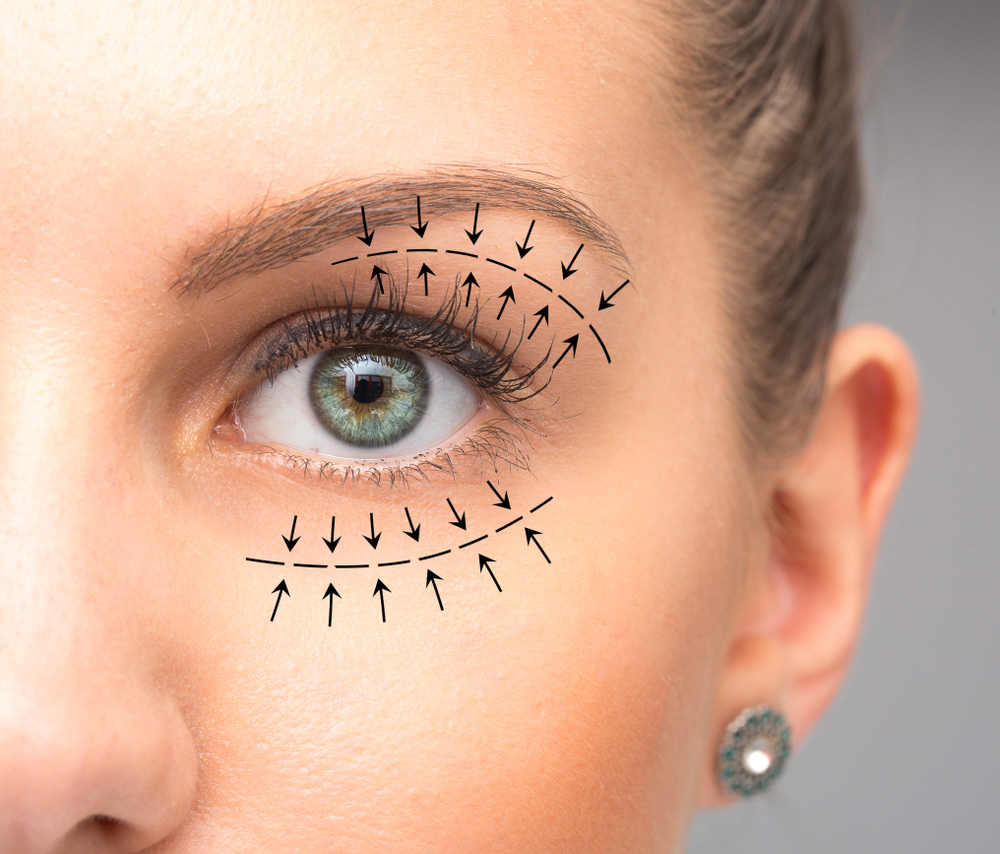Gynecomastia is a medical condition that affects roughly 40% to 60% of boys and men globally. Despite its prevalence, this potentially embarrassing issue often goes undiagnosed and untreated for far too long due to discomfort or embarrassment around seeking help from medical professionals. To address this growing concern, it’s essential to understand the range of treatment options available for male breast gynecomastia so that patients feel empowered with knowledge when making decisions regarding potential treatment pathways.
What Is Gynecomastia?
Gynecomastia is a medical condition characterized by the enlargement of breast tissue in males. It occurs due to an imbalance in the estrogen and testosterone hormones, leading to excess breast tissue development. While it can affect males of all ages, it is particularly common during puberty, as hormonal fluctuations are at their peak. However, gynecomastia can also arise in older men due to changes in hormone levels or as a side effect of certain medications.
While it can occur at any age, there are three distinct periods where it is more commonly seen. Infants may temporarily experience breast enlargement due to the influence of their mother’s estrogen hormones. During puberty, hormonal fluctuations can cause gynecomastia in teenage boys, with most cases resolving independently within a few months to a few years. As men age, testosterone levels may decrease, leading to an increased ratio of estrogen, potentially causing gynecomastia. Understanding these periods of vulnerability can help identify and treat gynecomastia promptly and effectively.
What Are the Causes and Symptoms of Gynecomastia?
Recognizing the symptoms of gynecomastia can help in early detection and timely treatment. The most common signs include tender or swollen breast tissue, an enlarged breast gland, and an obvious imbalance in breast size. In some cases, gynecomastia may also lead to nipple discharge, which can be alarming and worrisome for those experiencing it.
Many cases of gynecomastia are due to hormonal imbalances in the body, but other causes can include obesity, chronic liver disease, and certain medications. Some medications, like anabolic steroids and anti-androgens, can disrupt hormone levels and contribute to developing gynecomastia. Marijuana and alcohol use can also increase the risk of the condition. Even certain medical conditions, such as testicular tumors or pituitary gland disorders, can lead to the development of gynecomastia.
Gynecomastia Treatment Options
Now, let’s explore the various gynecomastia treatment options available to reduce excess breast tissue and alleviate the physical and emotional discomfort caused by gynecomastia.
Non-Surgical Approaches to Managing Gynecomastia
In mild cases of gynecomastia, non-surgical approaches may be sufficient to address the issue. Weight management and regular exercise can sometimes help improve hormonal imbalances and reduce the size of male breasts. Additionally, hormonal therapies may be prescribed to target the underlying causes of gynecomastia. These treatments aim to restore hormonal balance and minimize breast tissue growth.
It’s essential to note that individual responses to non-surgical treatments can vary significantly. Therefore, seeking professional advice before attempting non-invasive remedies is crucial for your health and well-being.
Surgical Options for Gynecomastia
Gynecomastia is a medical condition that causes enlarged male breasts and can be treated with male breast reduction surgery. This surgical procedure is designed to remove excess breast tissue, fat, and skin to achieve a more masculine chest contour. The surgical approach may involve either liposuction or excision, depending on the extent of the condition and the patient’s needs.
Liposuction is a technique used to remove excess fat through tiny incisions, while excision is necessary in cases with significant glandular tissue and skin. During the procedure, we aim to maintain a natural-looking chest and reposition the nipple if needed. Male breast reduction surgery is typically performed under general anesthesia or local anesthesia with sedation, and the recovery process may take several weeks.
What Can You Anticipate for Male Breast Reduction Recovery?
Many patients wonder how long the recovery process will take. The truth is that recovery timelines are unique to each individual and can vary depending on the type of job you have. For those with office jobs, it typically takes about five business days to return to work, while those with more labor-intensive jobs may need 10 business days. Remember that sedation and anesthesia can affect each patient differently, and you may experience grogginess for the first 24 hours after the procedure, but rest assured that you can expect to return to your daily routine promptly after gynecomastia treatment.
What Makes You a Candidate for Male Breast Reduction Surgery?
If you are experiencing gynecomastia and are considering gynecomastia treatment options such as male breast reduction, it’s essential to seek a consultation with us. During this consultation, you can discuss your concerns and goals, learn more about the procedure and its expected outcomes, and determine whether or not male breast reduction is the right choice for you.
With specialized knowledge and experience in gynecomastia treatment, we will be able to advise you on the best course of action and provide the necessary guidance and support throughout the process. If you’re uncertain about pursuing male breast reduction, don’t hesitate to schedule a consultation and get the answers you need.
Achieve a More Masculine Contour With Male Breast Reduction Surgery in Atlanta, GA
At Georgia Plastic & Reconstructive Surgery in Atlanta, GA, we understand the discomfort that can come with gynecomastia or enlarged male breast tissue. That’s why we offer male breast reduction surgery as a safe and effective treatment option. We use the latest techniques to remove excess breast tissue and create a more masculine chest contour. If you’re considering gynecomastia treatment, we would love to speak with you. Contact us today by calling (770) 485-1554 or filling out our online form to learn more about male breast reduction surgery.




